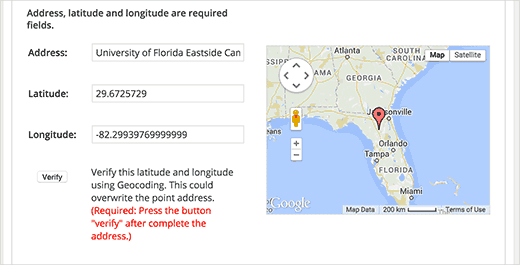

:max_bytes(150000):strip_icc()/hotlipstovoodoo-56cd564d5f9b5879cc5bd68a-5bd346d5c9e77c0051c5563c.jpg)
Once the user has searched for a destination, the map will cache along the intended route. The transit directions are available in 400 cities around the world. In its current iteration navigation is not available for transit, only a list of directions is provided. The application provides voice navigation for walking and previously for transit directions. Once docked, the device will enter this mode, enabling for easier access to the navigation features at an arm’s length. Users can dock their Android device in a car using a special car dock for the device (which may or may not come with the device).
Street: The Google Street View feature displays a route from first-person view as which automatically changes as the user travels along the route. Satellite: The application displays a route from a bird’s eye view using Google’s satellite imagery. The traffic is measured by data from local road services such as highway cameras, as well as speed and location information from other Android devices that are accessing Google Maps for Mobile. Traffic: The application's traffic congestion map shows the route marks with different colours based on the current traffic along the route. The application can receive a voice input instead of typing the destination on the device. The application can also take phrases such as “a place with burgers” and suggest nearby destinations that match the phrase. Instead of searching for an address or a street name, the application can also search by name, for example guide the user to a nearby restaurant by being given the name of the restaurant. The application (version 4.2) was later released in the UK on Apand Austria, Belgium, Canada, Denmark, France, Germany, Italy, the Netherlands, Portugal, Spain, and Switzerland on June 9, 2010. Google Maps Navigation Beta was initially released in the United States. The application’s beta release was released on October 28, 2009, accompanying the release of Android 2.0 (Eclair) on the Motorola Milestone (known as the Motorola Droid ). 
The app displays the user's progress along the route and issues instructions for each turn. A user can enter a destination into the application, which will plot a path to it. 3G, 4G, 5G, WiFi, etc.) and normally uses a GPS satellite connection to determine its location. The application requires connection to Internet data (e.g. The application uses an Internet connection to a GPS navigation system to provide turn-by-turn voice-guided instructions on how to arrive at a given destination. Google Maps Navigation is a mobile application developed by Google for the Android and iOS operating systems that was later integrated into the Google Maps mobile app.



:max_bytes(150000):strip_icc()/hotlipstovoodoo-56cd564d5f9b5879cc5bd68a-5bd346d5c9e77c0051c5563c.jpg)



 0 kommentar(er)
0 kommentar(er)
